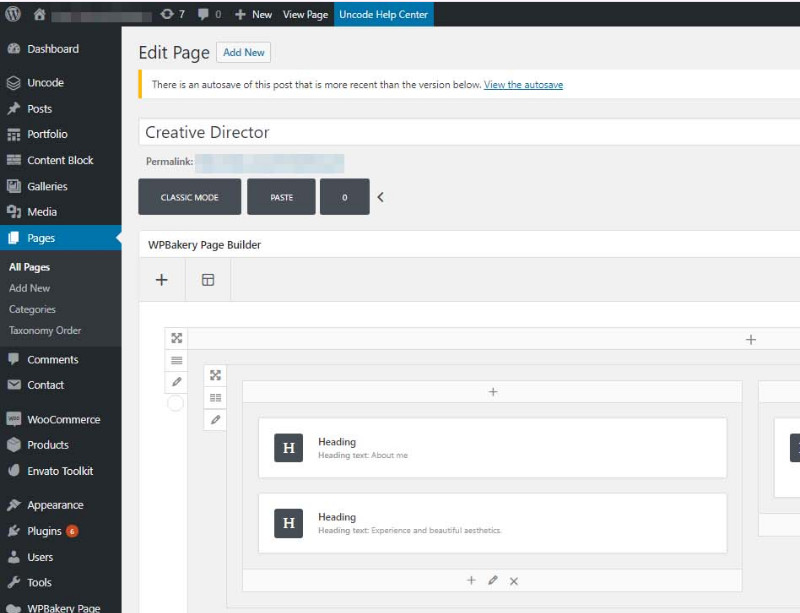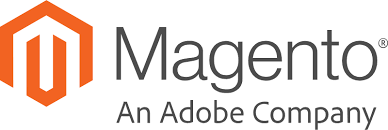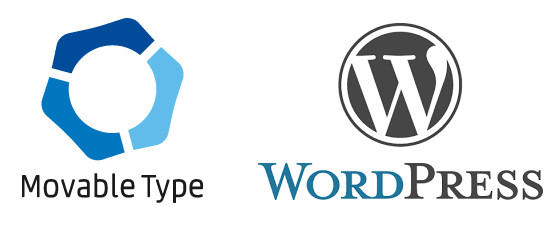
When you’re diving into the world of website creation, the promise of drag-and-drop simplicity can be enticing. However, some platforms, while offering incredible power and flexibility, demand more than just a cursory understanding of web development. So, if we were handing out an award for the “hardest” website builder, which platform would take home the prize? Let’s explore the contenders.
The Contenders: Where Complexity Reigns
We’re not talking about clunky interfaces here; we’re looking at platforms that require a deep understanding of web technologies, coding knowledge, and a willingness to wrestle with technical challenges.
1. Adobe Commerce Open Source (Formerly Magento Open Source)
Our first contender, Adobe Commerce Open Source, is a powerhouse in the e-commerce world. It’s used by businesses with significant online stores, and requires the user to have a strong technical foundation, making it a clear contender in the hardest website builder category.
Why it’s Hard:
Forget simple drag-and-drop interfaces. This platform demands a deep understanding of PHP, HTML, CSS, and potentially JavaScript. Users must be comfortable with server management, database administration, and extension development. It’s not for the faint of heart; it’s a beast of customization and control that demands considerable expertise.
Who’s it For?:
Businesses with in-house development teams or those who are prepared to hire seasoned developers to set up, manage, and customize their online store.
2. Drupal
Drupal is another open-source contender renowned for its power and flexibility. It’s used by organizations that require intricate content workflows and custom data structures.
Why it’s Hard:
While Drupal has become more user-friendly over the years, it still maintains a relatively steep learning curve. Understanding its content management system, modules, and theming system requires a deeper level of knowledge than most other platforms. Developers will find it highly adaptable, but average users are likely to struggle.
Who’s it For?:
Organizations with complex websites and content needs, as well as a team of technical personnel to manage the platform.
3. Joomla!
Often considered a middle ground between WordPress and Drupal, Joomla! is still a substantial CMS that introduces complexities of its own.
Why it’s Hard:
Joomla, with its extensive set of options and features, requires a more involved learning process compared to platforms like WordPress. Understanding its module system, extension management, and templating language is not intuitive. It offers more control than WordPress, but at the cost of ease of use.
Who’s it For?:
Users who need more functionality and control than what WordPress provides but are still not looking for all the power and complexity of Drupal.
4. Self-Hosted, Hand-Coded Websites
While technically not a website “builder” in the conventional sense, hand-coding a website from scratch certainly wins a special mention for maximum difficulty.
Why it’s Hard:
If you’re building a site from the ground up using HTML, CSS, JavaScript, and backend languages like Python, Node.js, or PHP, you’re the master of every single detail. You must be well versed in every line of code, and troubleshooting can be like navigating a maze. You are totally reliant on your own skills.
Who’s it For?:
Hardcore developers, agencies, or those with a very specific vision who are willing to take the long and challenging route.
The Verdict: Who Takes the Crown?
While all of these platforms present their own unique challenges, the “hardest” website builder award has to go to Adobe Commerce Open Source (formerly Magento Open Source). Here’s why:
- Technical Depth: The platform is fundamentally geared towards developers and requires a far greater degree of technical competence compared to the other contenders.
- Maintenance Burden: The onus is on the user to manage everything, from security updates to performance optimization. There’s no easy way out; users must be hands-on.
- Complexity: The sheer scope of the platform, with its myriad of features, extensions, and custom code opportunities, makes it a very complex system to master.
- Less User-Friendly: While there is a large community, getting up to speed takes time and effort, and it is far less intuitive than other platforms.
Why This Matters
This exploration isn’t about discouraging people from using these powerful platforms. Rather, it’s about having realistic expectations and understanding what different tools are best suited for. Before you jump into a project with a platform like Adobe Commerce Open Source, it’s essential to consider:
- Your Technical Skills: Are you a developer, or do you have access to one?
- Your Resources: Do you have the budget for a complex setup, ongoing maintenance, and potential custom development?
- Your Goals: What are you trying to achieve with your website? Do you need that high degree of customization and control?
Conclusion:
The “hardest” website builder award shines a light on the platforms that don’t compromise on power and flexibility, but that also demand a higher degree of technical skill. While Adobe Commerce Open Source takes the top spot, each of these contenders offers valuable lessons about website development complexities. The most important takeaway is to choose a platform that matches your specific needs and skill level.
Check out more website builder options at ChooseWebsiteBuilder.com!





